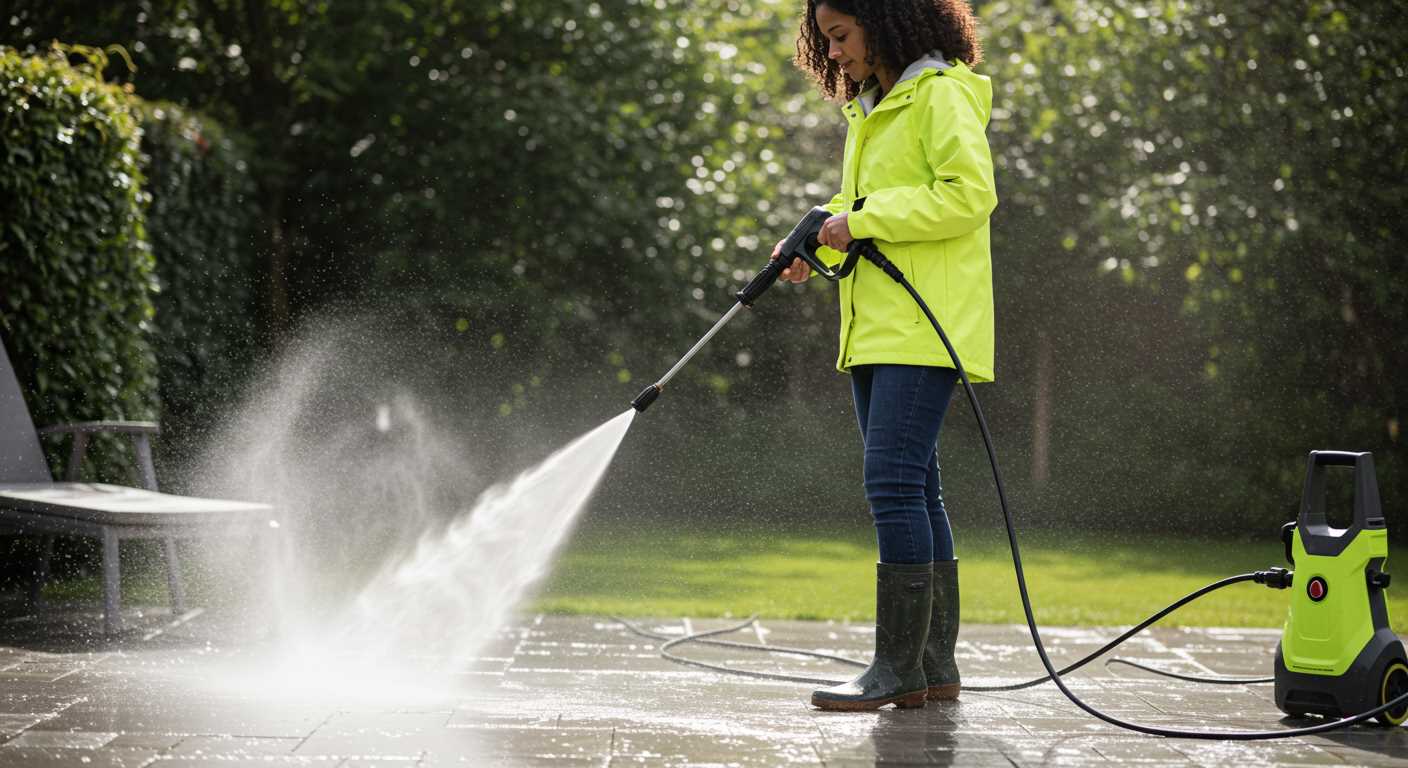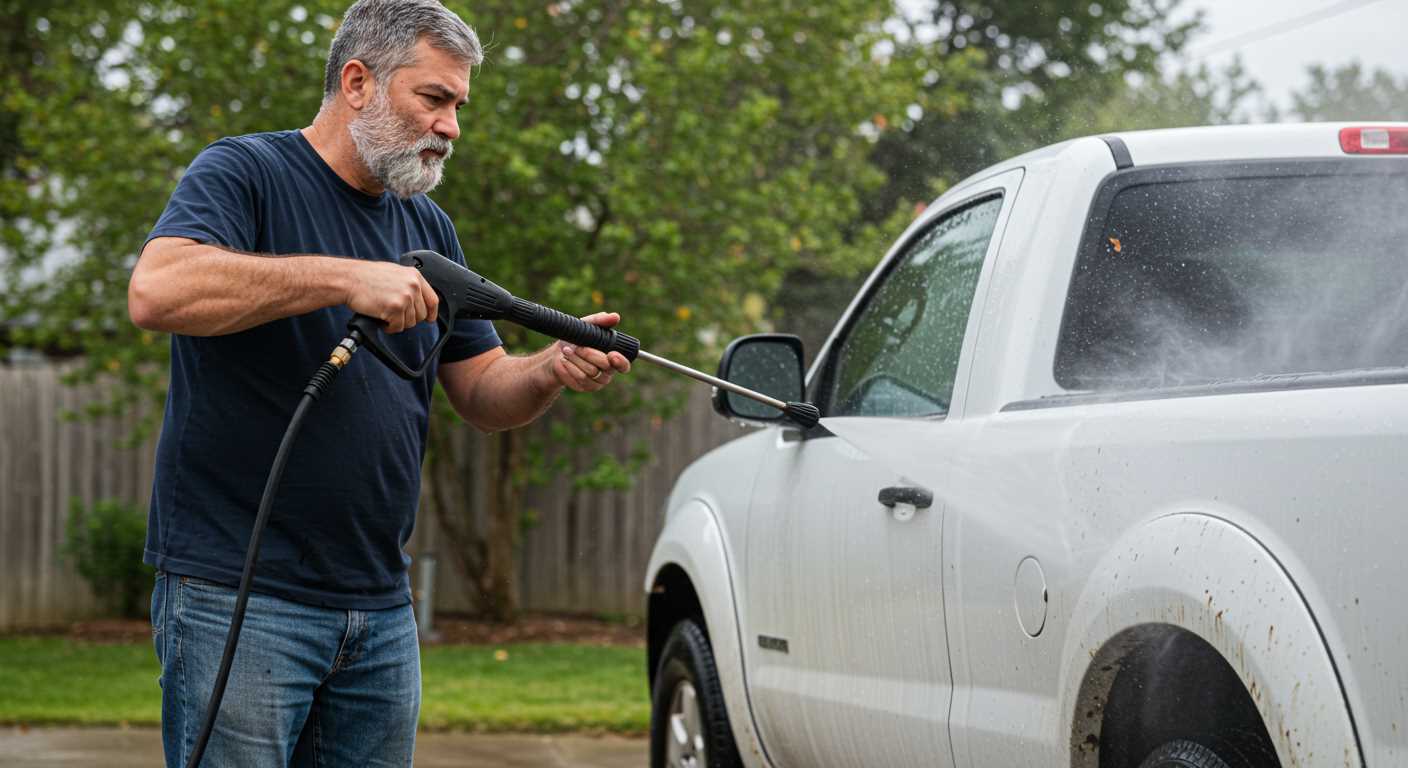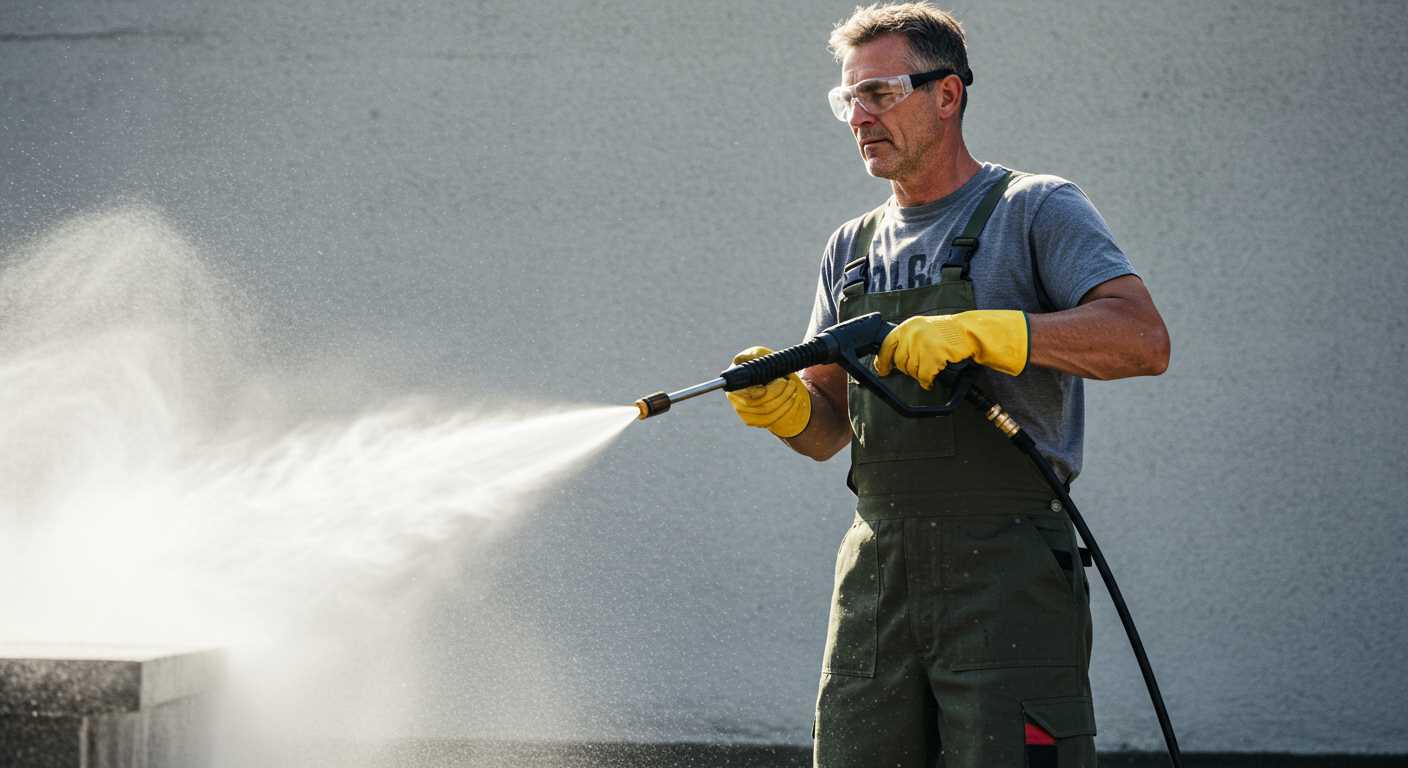

To ensure longevity, it’s best to keep your high-pressure cleaning device inside when temperatures drop below freezing. Exposure to cold can lead to water freezing within the system, potentially causing irreversible damage to crucial components.
If indoor storage isn’t an option, consider protecting the machine with a weather-resistant cover. However, this method doesn’t guarantee complete safety against the harsh elements, nor does it eliminate the risk of freezing temperatures affecting the internal mechanisms.
Prior to any chilly season, it’s advisable to drain any remaining water and winterize the unit by running a pump-safe antifreeze through the system. This step significantly reduces the risk of freeze-related damage and ensures optimal performance when you start using it again.
Regular checks and maintenance, even during off-seasons, help maintain the unit’s functionality. A little preparation goes a long way in safeguarding your investment from the winter chill.
Storing a Pressure Cleaning Device in Cold Conditions
It is not advisable to leave this equipment exposed to low temperatures without proper measures. If left unattended, the internal components can sustain damage due to freezing. Engine fluids may thicken, and seals can harden or crack, leading to potential leaks or mechanical failure.
Instead, consider winterizing procedures. Drain all liquids, including fuel and water, to prevent freezing. Run the machine briefly to remove any leftover moisture from the pump. Applying a winterizing fluid can offer extra protection against cold. If indoors storage is not an option, covering with an insulated tarp or blanket will provide a degree of shelter.
Outdoor Covering Recommendations
If outdoor placement is necessary, ensure a high-quality, waterproof cover is used that can withstand adverse weather. This cover should fit snugly to prevent water accumulation, which can lead to corrosion or mould growth.
Regular checks during the cold months are advisable. Inspect for any signs of wear or damage and address them promptly. Taking these steps reduces the risk of costly repairs and extends the lifespan.
Risks of Storing a Pressure Washer Outdoors
Leaving equipment in an unprotected location during colder months can lead to several issues. One of the primary concerns involves freezing temperatures that may lead to fluid expansion within the motor and hoses, potentially causing severe damage. Any residual water can freeze, creating blockages or ruptures that might not be immediately visible.
Exposure to adverse weather conditions, including rain and snow, may result in rust and corrosion on metallic components. Even models with protective coatings can suffer over time, leading to reduced lifespan and performance. Additionally, sunlight exposure can degrade plastics, causing brittleness or discolouration.
Security risks also come into play. Unattended machines are more susceptible to theft or vandalism. Keeping equipment in a locked storage area significantly reduces these risks.
To illustrate the potential costs associated with damage, consider the following:
| Type of Damage | Estimated Repair Cost |
|---|---|
| Frozen motor replacement | $150 – $300 |
| Hose replacement due to cracks | $50 – $100 |
| Corrosion repair on metal parts | $75 – $200 |
| Plastic component replacement | $25 – $75 |
Investing in proper storage solutions, such as a covered or insulated shelter, can mitigate these risks and protect valuable equipment from the harsh elements.
Preparations for Winter Storage of a Pressure Washer
.jpg)
Draining all fluids is fundamental. Start by carefully removing any water from the system, including hoses and nozzles, to prevent freezing and cracking. Flushing with antifreeze designed for such equipment will add an extra layer of protection.
Next, clean the equipment thoroughly. Debris, grime, and other residues can cause corrosion if left untreated during storage. Use a soft cloth and a suitable cleaner to wipe down surfaces, ensuring all parts are free from dirt.
Fuel Management
.jpg)
If your unit runs on fuel, fill the tank and add a fuel stabiliser to prevent degradation. Run the engine for a few minutes to circulate the mixture and ensure the stabiliser reaches all components. After that, siphon off the remaining liquid, if possible, to minimise residue in the tank.
Battery Care

If applicable, disconnect and remove the battery. Store it in a cool, dry place. Regularly charging it during the winter months is advisable for longevity.
- Inspect all seals and connections for wear.
- Cover the equipment with a breathable tarp, preventing moisture buildup.
- Keenly check for any signs of pests that might seek shelter in your machinery.
These meticulous steps will ensure your machine is ready to operate smoothly once warmer weather returns.
Best Location for Outdoor Pressure Washer Storage

Choose a sheltered area with minimal exposure to moisture and extreme temperatures. A garage, shed, or dedicated storage space offers ideal conditions. If indoor storage isn’t feasible, using a protective cover designed for the specific model is essential.
Avoid placing equipment directly on concrete floors as the cold can seep into sensitive components. Elevate by using pallets or wooden platforms. This simple step helps prevent contact with freezing temperatures and potential water accumulation.
Positioning near an electrical outlet facilitates easy access to power for charging or maintenance routines. Ensure there is adequate ventilation to prevent overheating during warmer months. A shaded spot reduces the risk of sun damage to external materials and painted surfaces.
If outside storage is the only option, ensure the area remains clear of debris and doesn’t flood during rainstorms. Checking the surrounding space for any potential hazards, such as falling branches or heavy snow buildup, further protects the equipment.
Regular monitoring of the environment where equipment is stored helps identify issues early. Make it a habit to inspect the unit for leaks or wear during seasonal changes. This proactive approach extends lifespan significantly and improves its performance.
Protective Covers and Their Importance

Selecting a high-quality protective cover is vital for safeguarding outdoor cleaning equipment during cold months. A well-fitted cover prevents moisture accumulation, preventing rust and corrosion that can damage internal components.
Opt for covers made from durable, weather-resistant materials that allow breathability, ensuring condensation doesn’t build up underneath. Materials like polyester with water-resistant coatings are advisable. Additionally, covers with UV protection help shield machines from sun damage, preserving their integrity.
Ensure that the chosen cover fits snugly to avoid flapping in strong winds, which can lead to tears and wear. It’s recommended to secure the cover using straps or adjustable buckles. Regularly inspecting the cover for wear and replacing it when necessary will maintain its protective qualities.
Investing in a protective cover not only extends the lifespan of outdoor cleaning devices but also enhances overall performance. Protecting equipment effectively minimises the risk of costly repairs and replacements, making it a sound decision for any owner.
Steps to Winterize a Pressure Washer
Begin with draining the water from all components. Detach the trigger gun and hoses, allowing residual liquid to escape. This step prevents freezing and subsequent damage.
Next, use compressed air to blow out any water trapped in the pump and hoses. Ensure complete evacuation to prevent ice formation during colder months.
Apply antifreeze designed for this type of machinery. Pour it into the water inlet, following the manufacturer’s guidelines. This will protect internal parts from freezing conditions.
For gas-operated machines, empty the fuel tank completely. Turn on the engine until it runs out of gas, eliminating any residue that may cause issues. Consider adding a fuel stabiliser to the remaining fuel to maintain quality if refilling becomes necessary.
Check the oil levels, and change the oil if it seems dark or contaminated. Fresh oil helps to keep internal components lubricated and ready for use when spring arrives.
Before storing, clean the exterior of the unit to avoid any build-up that could lead to corrosion. Wipe down all surfaces with a damp cloth and let it dry completely.
If available, cover the device with a protective tarp or cover that fits snugly to prevent dust accumulation and moisture ingress.
Finally, select a suitable storage location, ideally indoors, to shield from harsh weather. If storing outside, ensure it is elevated from the ground and under a shelter to minimise exposure to elements.
Signs of Damage from Improper Outdoor Storage
Be alert for specific signs indicating deterioration due to inadequate exposure. Look for rust formation on metal components, which can compromise operational efficacy. Any signs of corrosion on connectors or fittings will lead to leaks and reduced performance.
Inspect hoses for cracks or brittleness; these issues often arise from cold temperatures and prolonged UV exposure. A damaged hose significantly hampers functionality, necessitating replacement.
Check the condition of seals and gaskets. If they appear worn or brittle, this can lead to pressure loss. Regular assessments can prevent costly repairs and extend longevity.
Listen for unusual noises during operation. Any abnormal sounds may suggest internal damage to the motor or pump, often a result of freezing temperatures causing fluid expansion within components.
Finally, observe any performance degradation. If the unit struggles to generate adequate pressure or exhibits erratic water flow, those are clear indicators of potential internal damage stemming from improper maintenance and storage.
FAQ:
Can I leave my pressure washer outside during winter?
Leaving a pressure washer outside in winter is not advisable. Cold temperatures can cause water to freeze inside the pump and hoses, leading to potential damage. If you must store it outside, ensure all water is drained, and consider using insulation or a cover to protect it from extreme temperatures.
What happens to a pressure washer if it freezes?
If a pressure washer freezes, the water inside the pump and hoses can expand, potentially causing cracks or other damage. This can result in costly repairs or the need for a replacement. To avoid this, it’s best to store the unit in a garage or shed where temperatures remain above freezing.
How can I prepare my pressure washer for winter storage?
Prepare your pressure washer for winter by draining all water from the unit, including the pump and hoses. You should also consider adding a winterizing agent specifically designed for pressure washers to protect the internals. Clean the exterior, remove any dirt or debris, and store the unit in a dry, sheltered area to prevent rust and other weather-related damage.
Is there a specific temperature I should consider when storing a pressure washer?
Yes, it’s best to store your pressure washer in conditions above freezing, ideally at temperatures above 0°C (32°F). Extreme cold can lead to freezing, which can damage the internal components. Keeping the pressure washer in a garage or basement where the temperature is stable helps prolong its lifespan.
What kind of cover should I use for my outdoor pressure washer?
If you need to store your pressure washer outside, use a sturdy, waterproof cover that fits well. Look for covers made from heavy-duty materials that are UV resistant to protect against sun damage. Ensure the cover is breathable to prevent moisture accumulation, which can lead to rusting or mould growth over time.






